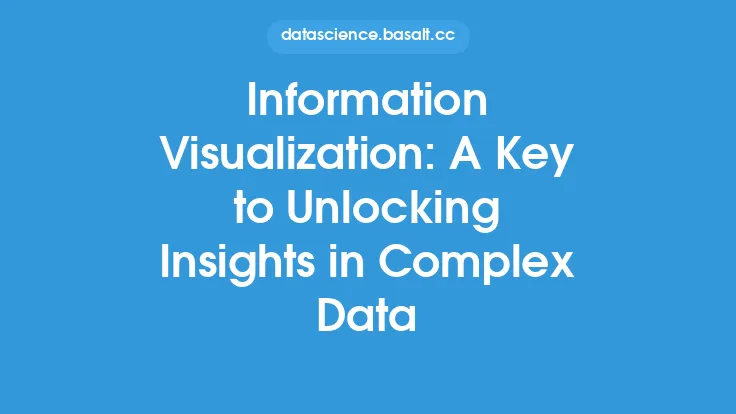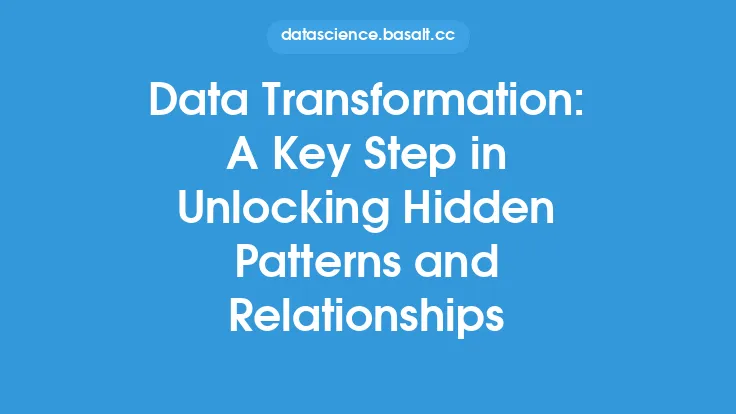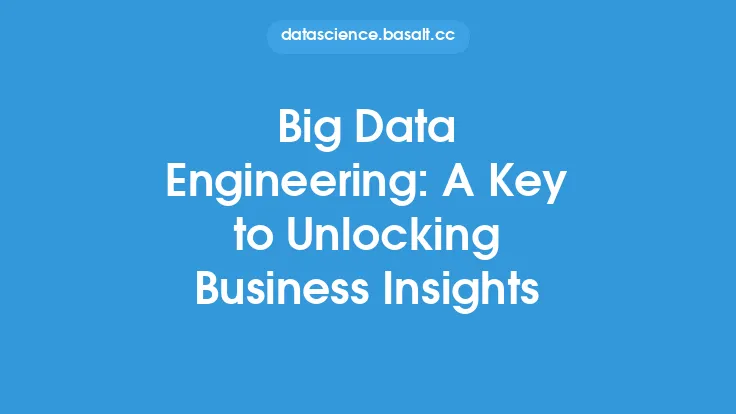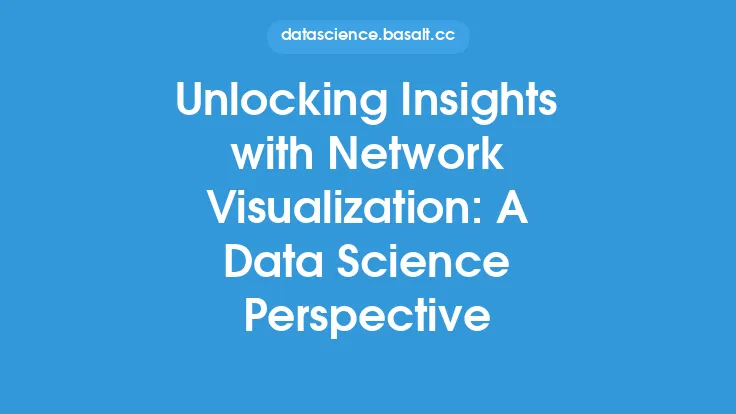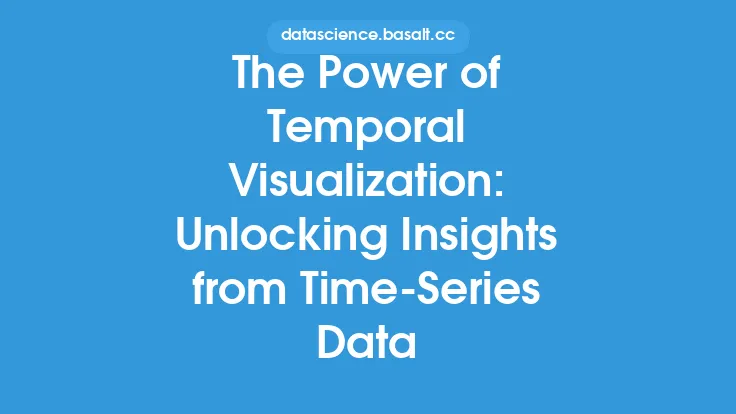Temporal visualization is a crucial aspect of data science, as it enables the effective communication of time-based insights and patterns hidden within complex data sets. The primary goal of temporal visualization is to provide a clear and concise representation of data that varies over time, allowing users to identify trends, patterns, and correlations that may not be immediately apparent. This is achieved through the use of various visualization techniques, such as line charts, scatter plots, and heat maps, which are specifically designed to display time-series data.
Introduction to Temporal Visualization Techniques
Temporal visualization techniques are designed to handle the unique challenges of time-series data, which can be characterized by its high dimensionality, noise, and complexity. Some common techniques used in temporal visualization include:
- Time-series decomposition: This involves breaking down a time series into its component parts, such as trend, seasonality, and residuals, to better understand the underlying patterns and structures.
- Smoothing and filtering: These techniques are used to reduce noise and irregularities in the data, making it easier to identify patterns and trends.
- Aggregation and grouping: This involves combining data points into larger groups or aggregates, such as daily or monthly averages, to reduce the dimensionality of the data and improve visualization.
- Animation and interaction: These techniques allow users to explore the data in more detail, by animating the visualization over time or interacting with it through tools such as zooming, panning, and hovering.
Data Preparation for Temporal Visualization
Before applying temporal visualization techniques, it is essential to prepare the data properly. This involves several steps, including:
- Data cleaning: This involves removing missing or duplicate values, handling outliers, and transforming the data into a suitable format for visualization.
- Data transformation: This may involve converting the data into a more suitable format, such as aggregating data points or normalizing the values.
- Data filtering: This involves selecting a subset of the data that is relevant to the analysis, such as filtering out data points that are outside a specific time range.
- Data sorting: This involves arranging the data in a specific order, such as chronological order, to facilitate visualization and analysis.
Tools and Technologies for Temporal Visualization
There are several tools and technologies available for temporal visualization, including:
- Programming languages: Such as Python, R, and Julia, which provide a wide range of libraries and frameworks for data visualization, including Matplotlib, Seaborn, and Plotly.
- Data visualization libraries: Such as D3.js, Chart.js, and Highcharts, which provide pre-built functions and tools for creating interactive and dynamic visualizations.
- Data visualization platforms: Such as Tableau, Power BI, and QlikView, which provide a user-friendly interface for creating and sharing visualizations, without requiring extensive programming knowledge.
- Big data technologies: Such as Hadoop, Spark, and NoSQL databases, which provide the infrastructure for handling large-scale time-series data and performing complex analytics.
Best Practices for Effective Temporal Visualization
To create effective temporal visualizations, it is essential to follow best practices, such as:
- Keeping it simple: Avoid cluttering the visualization with too much information, and focus on the key insights and patterns.
- Using color effectively: Use color to draw attention to important features, such as trends or anomalies, and to differentiate between different data series.
- Providing context: Include relevant context, such as axis labels, titles, and legends, to help users understand the visualization.
- Interactivity: Provide interactive tools, such as zooming, panning, and hovering, to allow users to explore the data in more detail.
- Storytelling: Use the visualization to tell a story, by highlighting key insights and patterns, and providing a clear narrative.
Applications of Temporal Visualization
Temporal visualization has a wide range of applications, including:
- Finance: Such as analyzing stock prices, trading volumes, and economic indicators over time.
- Healthcare: Such as monitoring patient outcomes, tracking disease outbreaks, and analyzing medical imaging data over time.
- Climate science: Such as analyzing temperature trends, sea level rise, and weather patterns over time.
- Social media: Such as analyzing user engagement, tracking hashtag trends, and monitoring social media activity over time.
- Sports: Such as analyzing player performance, tracking team statistics, and monitoring game outcomes over time.
Future Directions for Temporal Visualization
The field of temporal visualization is constantly evolving, with new techniques, tools, and technologies being developed to handle the increasing complexity and volume of time-series data. Some future directions for temporal visualization include:
- Integrating machine learning and artificial intelligence: To automate the process of identifying patterns and trends, and to provide more accurate predictions and forecasts.
- Using virtual and augmented reality: To create immersive and interactive visualizations, that allow users to explore the data in more detail.
- Developing new visualization techniques: Such as using graph theory, network analysis, and topological data analysis to visualize complex time-series data.
- Improving data quality and availability: By developing new methods for data collection, cleaning, and integration, to provide more accurate and reliable time-series data.
